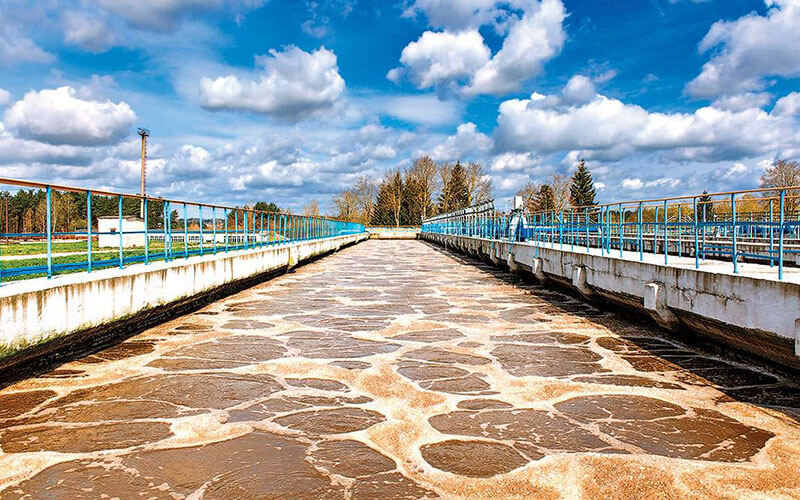Pesticides Manufacturing Unit

Overview
This pesticide manufacturing unit ETP was suffering from frequent toxicity in the biological system due to presence of various aromatics in higher concentrations and effluent characteristic changes time to time for batch manufacturing process.Aeration tanks MLSS growth ws restricted to around 1100ppm-1200ppm,which was contributing up to 35% of COD removal in two stage activated sludge process.Frequent sludge bulking and septic conditions appear time to time.Treated effluent was not able to meet CETP norms before TECHNOZYME bio augmentation programme.
TECHNOZYME Treatment
TECHNOZYME E is specially formulated blend of robust bacteria for use in degrading organic compounds.TECHNOZYME E is excellent for use in Industrial Wastewater applications due to the diversity of microorganisms incorporated in this product,including facultative anaerobes. The safe naturally occuring bacteria are present in high numbers in the product to handle difficult industrial wastewater problems.
Objectives of TECHNOZYME Treatment
- Establish MLSS growth in the range of 3000-4000mg/l
- Increase COD reduction efficiency of activated sludge process
- Maintain stable MLSS in fluctuating effluent and shock loads
Treatment Process
TECHNOZYME E is activated with diluted effluent is then dosed in aeration tanks.
Dosing: @10ppm for first 7 days then @ 10ppm twice a week for next two months.
Results of TECHNOZYME Treatment
- MLSS concentration increase in both aeration tanks with good settling sludge at clarifier.
- Control of filamentous growth in the biological system.
- MLSS concentration increased from 1100mg/1 to 3800mg/l in aeration tank-1 and 1200mg/l to 3000mg/l in aeration tank-2 within 40 days of treatment & finally maintained around 3500mg/l & 2800mg/l respectively.
Achievement
- Resistance against fluctuation in effluent characteristics.
- Improvement in biomass settling which enhances tertiary treatment.
- Recovery from plant upsets and shock loads.
- Garden brown biomass development.
